GW3965HLXRα/hLXRβ agonist,potent and selective CAS# 405911-09-3 |

- ARP 100
Catalog No.:BCC2370
CAS No.:704888-90-4
- Alvelestat
Catalog No.:BCC4058
CAS No.:848141-11-7
Quality Control & MSDS
3D structure
Package In Stock
Number of papers citing our products
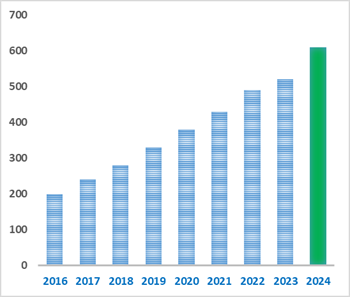
| Cas No. | 405911-09-3 | SDF | Download SDF |
| PubChem ID | 447905 | Appearance | Powder |
| Formula | C33H31ClF3NO3 | M.Wt | 582.05 |
| Type of Compound | N/A | Storage | Desiccate at -20°C |
| Solubility | DMSO | ||
| Chemical Name | 2-[3-[3-[[2-chloro-3-(trifluoromethyl)phenyl]methyl-(2,2-diphenylethyl)amino]propoxy]phenyl]acetic acid | ||
| SMILES | C1=CC=C(C=C1)C(CN(CCCOC2=CC=CC(=C2)CC(=O)O)CC3=C(C(=CC=C3)C(F)(F)F)Cl)C4=CC=CC=C4 | ||
| Standard InChIKey | NAXSRXHZFIBFMI-UHFFFAOYSA-N | ||
| Standard InChI | InChI=1S/C33H31ClF3NO3/c34-32-27(15-8-17-30(32)33(35,36)37)22-38(18-9-19-41-28-16-7-10-24(20-28)21-31(39)40)23-29(25-11-3-1-4-12-25)26-13-5-2-6-14-26/h1-8,10-17,20,29H,9,18-19,21-23H2,(H,39,40) | ||
| General tips | For obtaining a higher solubility , please warm the tube at 37 ℃ and shake it in the ultrasonic bath for a while.Stock solution can be stored below -20℃ for several months. We recommend that you prepare and use the solution on the same day. However, if the test schedule requires, the stock solutions can be prepared in advance, and the stock solution must be sealed and stored below -20℃. In general, the stock solution can be kept for several months. Before use, we recommend that you leave the vial at room temperature for at least an hour before opening it. |
||
| About Packaging | 1. The packaging of the product may be reversed during transportation, cause the high purity compounds to adhere to the neck or cap of the vial.Take the vail out of its packaging and shake gently until the compounds fall to the bottom of the vial. 2. For liquid products, please centrifuge at 500xg to gather the liquid to the bottom of the vial. 3. Try to avoid loss or contamination during the experiment. |
||
| Shipping Condition | Packaging according to customer requirements(5mg, 10mg, 20mg and more). Ship via FedEx, DHL, UPS, EMS or other couriers with RT, or blue ice upon request. | ||
| Description | GW3965 is an orally-active agonist of LXRα and LXRβ with EC50 values of 190 and 30 nM, respectively. | |||||
| Targets | LXRα | LXRβ | ||||
| IC50 | 190 nM | 30 nM | ||||

GW3965 Dilution Calculator

GW3965 Molarity Calculator
| 1 mg | 5 mg | 10 mg | 20 mg | 25 mg | |
| 1 mM | 1.7181 mL | 8.5903 mL | 17.1807 mL | 34.3613 mL | 42.9516 mL |
| 5 mM | 0.3436 mL | 1.7181 mL | 3.4361 mL | 6.8723 mL | 8.5903 mL |
| 10 mM | 0.1718 mL | 0.859 mL | 1.7181 mL | 3.4361 mL | 4.2952 mL |
| 50 mM | 0.0344 mL | 0.1718 mL | 0.3436 mL | 0.6872 mL | 0.859 mL |
| 100 mM | 0.0172 mL | 0.0859 mL | 0.1718 mL | 0.3436 mL | 0.4295 mL |
| * Note: If you are in the process of experiment, it's necessary to make the dilution ratios of the samples. The dilution data above is only for reference. Normally, it's can get a better solubility within lower of Concentrations. | |||||

Calcutta University

University of Minnesota

University of Maryland School of Medicine
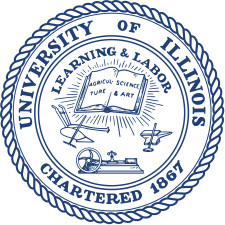
University of Illinois at Chicago
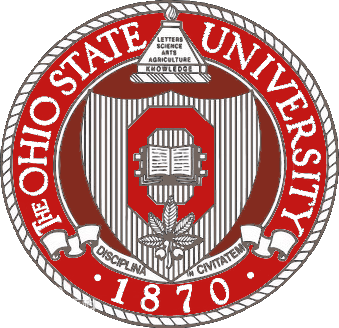
The Ohio State University
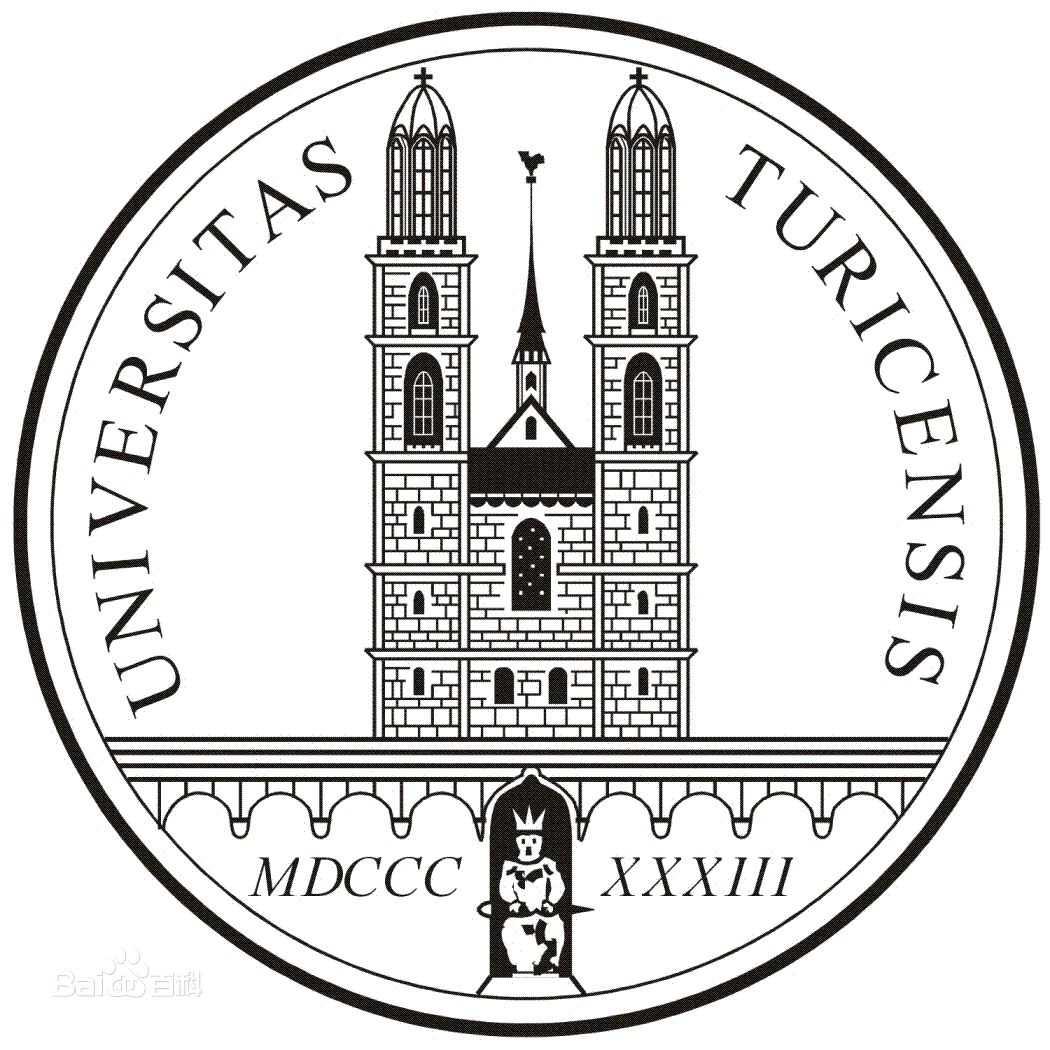
University of Zurich

Harvard University

Colorado State University
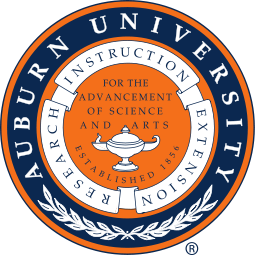
Auburn University

Yale University

Worcester Polytechnic Institute

Washington State University
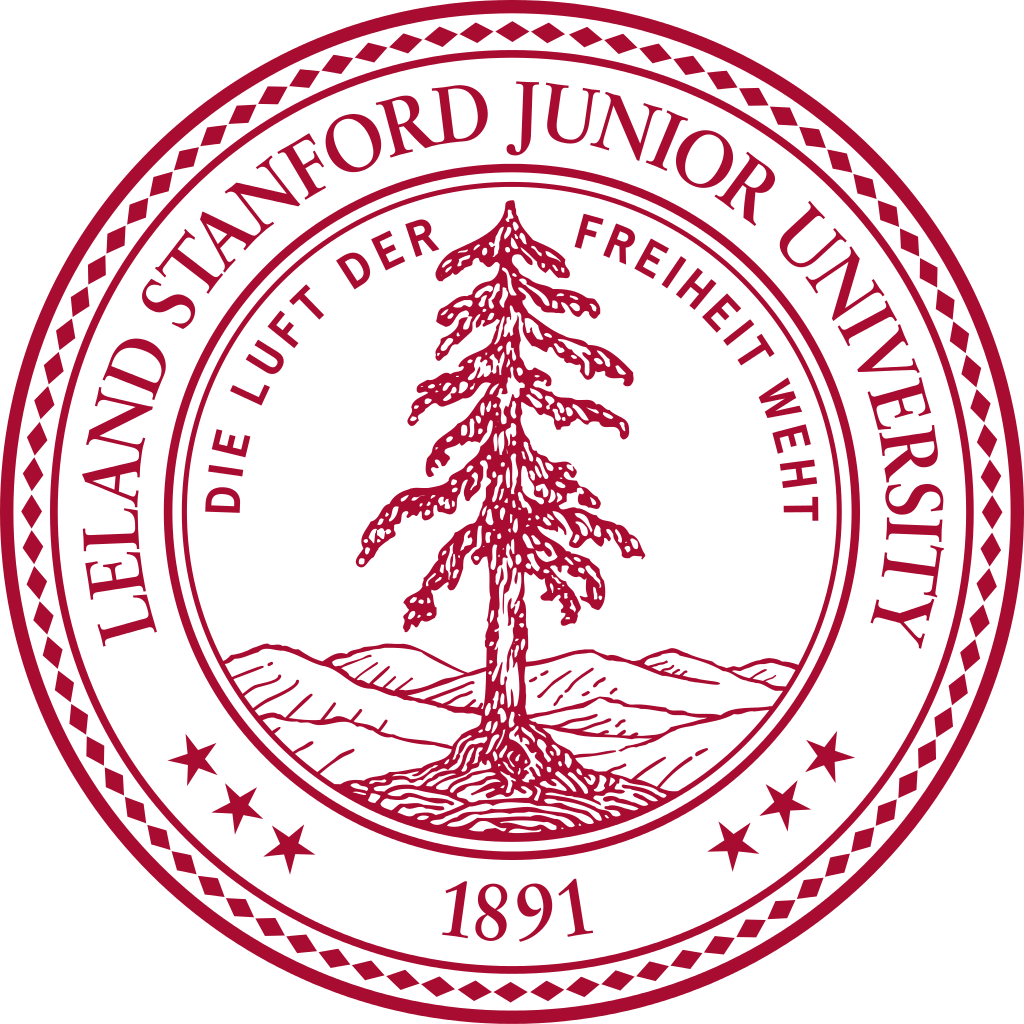
Stanford University

University of Leipzig
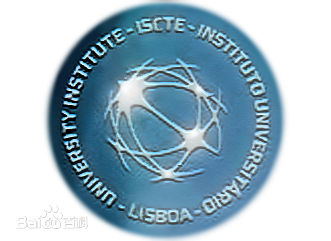
Universidade da Beira Interior
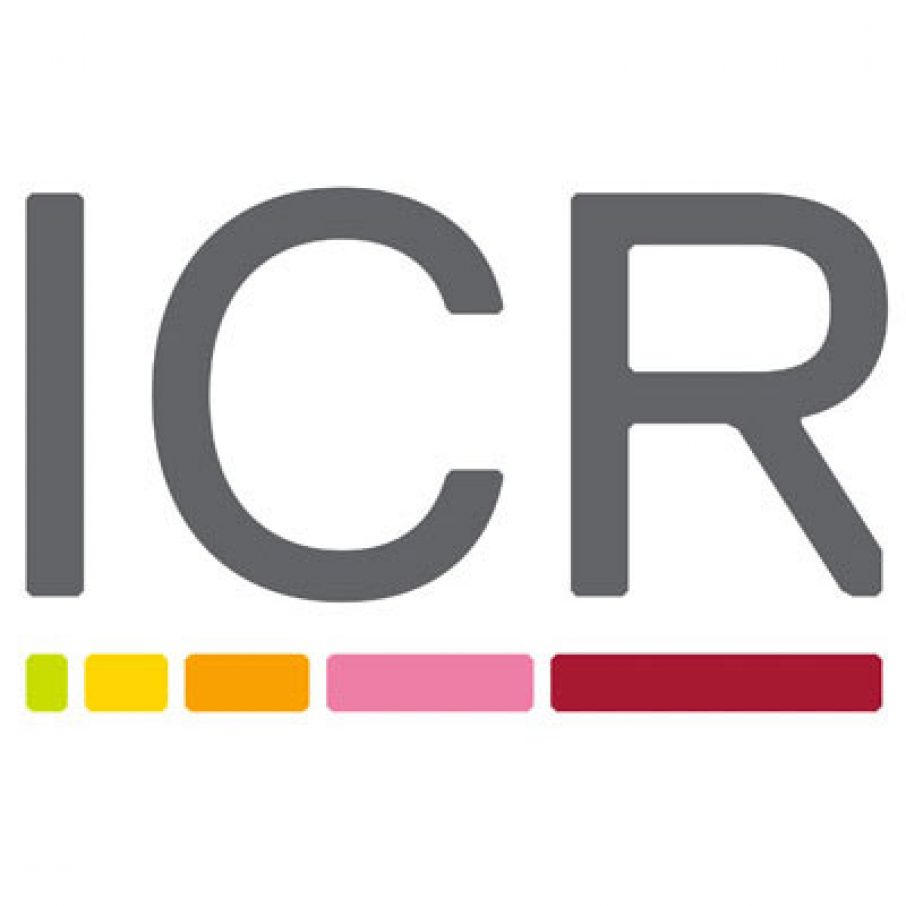
The Institute of Cancer Research

Heidelberg University

University of Amsterdam

University of Auckland

TsingHua University
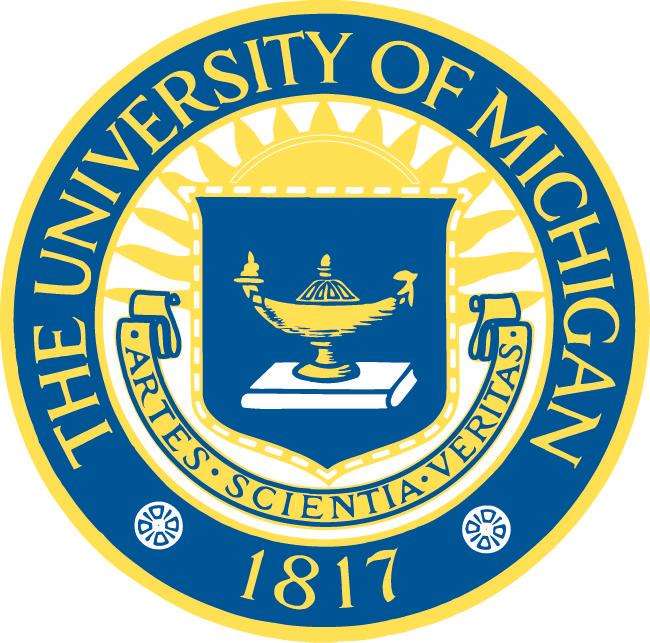
The University of Michigan
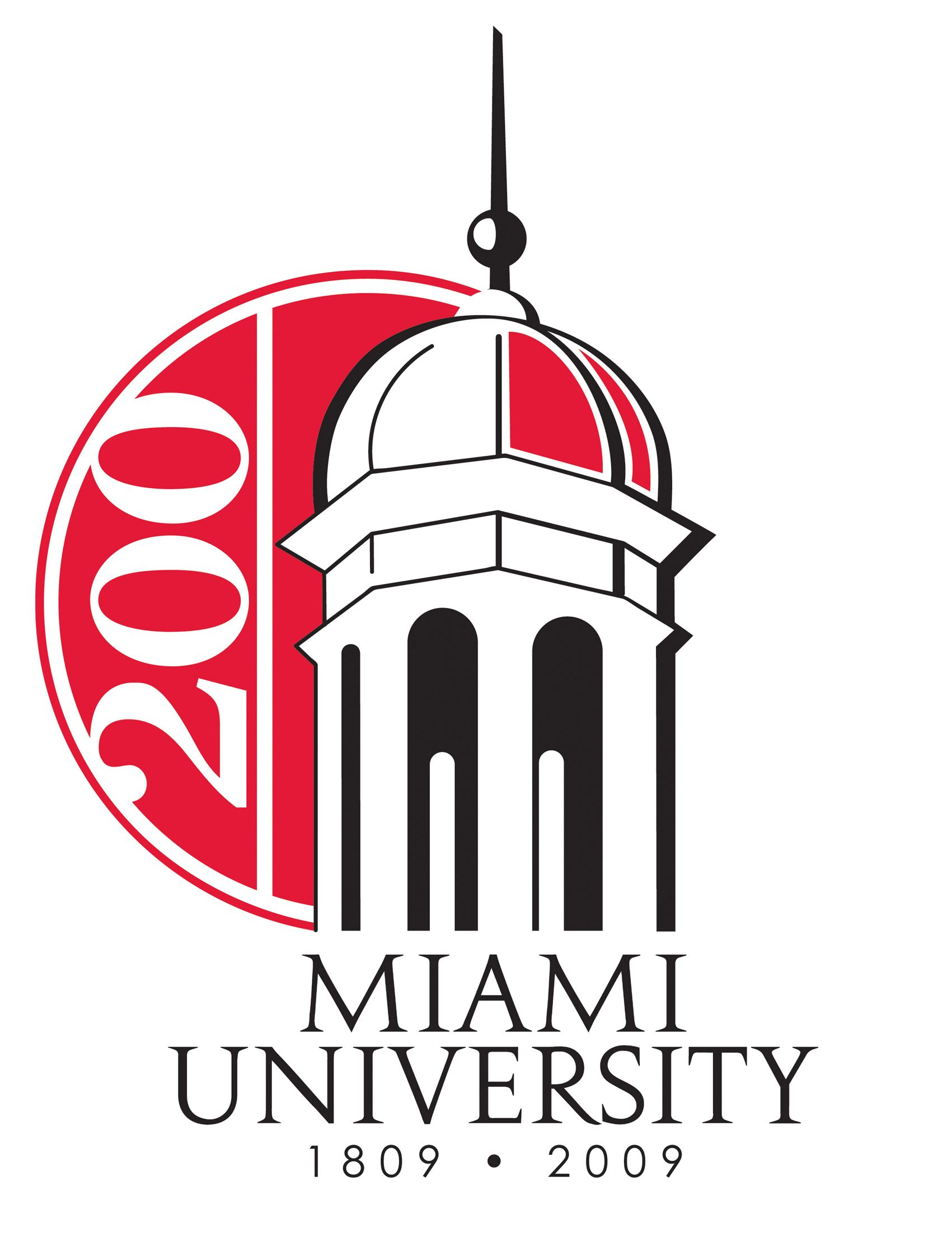
Miami University
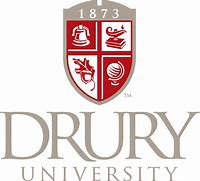
DRURY University
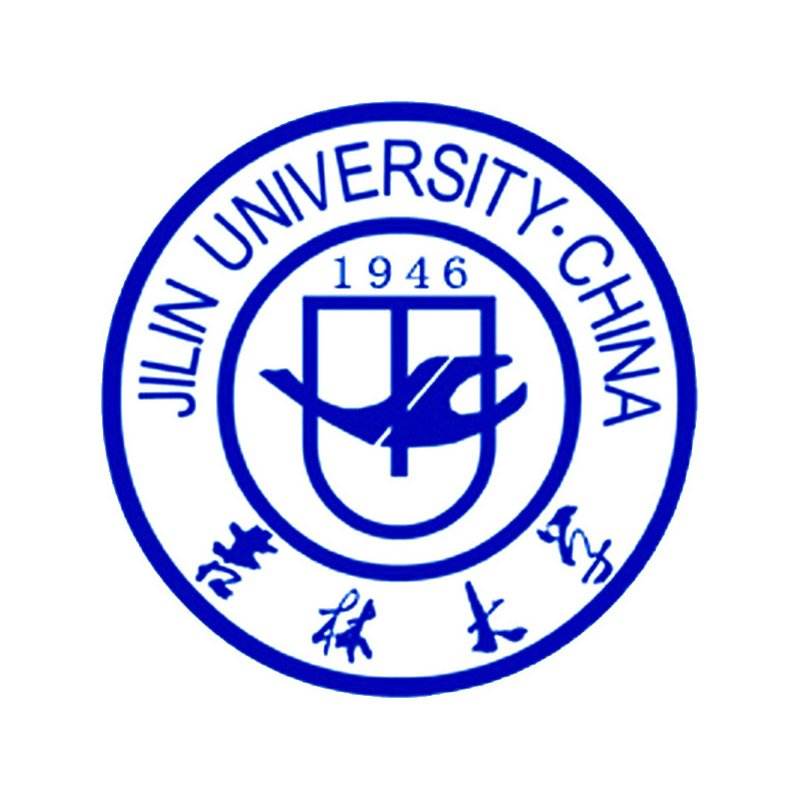
Jilin University

Fudan University

Wuhan University

Sun Yat-sen University

Universite de Paris

Deemed University

Auckland University

The University of Tokyo

Korea University
GW3965 is a potent and selective activitor of liver X receptors (LXRs) with EC50 value of 190 and 30 nM respectively to hLXRαand hLXRβ.[1]
Liver X receptors belong to the nuclear receptor family. They are classified into subfamily 1 of the nuclear receptor superfamily. There are two isforms of LXRs and they are LXRαand LXRβ. LXRs play an important role in regulating glucose, fatty acid, and cholesterol homeostasis. Crystal analysis show that human LXRβ (liver X receptor β) forms heterodimer with retinoid X receptor α(RXRα) which is the partner on its cognate element. Before activation, LXRα and LXRβ can form heterodimers with the partner 9-cis RXR (retinoic acid receptor). The heterodimer will be activated by an LXR agonist or a RXR agonist. After activation, LXR will binds to LXR response element and regulated related gene expression.[2]
GW3965 can result in promotion of tumor cell death and inhibition of cell growth in GBM cells at 2μM. GW3965 treatment at 2μM can significantly promote increases in mRNA levels of ABCA1 and IDOL, then induced cell death.[3]
GW3965 significantly reduced LDLR expression and induced ABCA1 expression in mice which was implanted U87/EGFRvIII cells at 40 mg/kg. GW3965 also blocked tumor growth at this dose.[3] GW3965 increased the expression of ABCA1and apoE at 30 mg/kg/d in APP/PS1 mice.[4]
References:
[1]. Zhang Y, Ge C, Wang L, Liu X, Chen Y, Li M, Zhang M: Induction of DKK1 by ox-LDL negatively regulates intracellular lipid accumulation in macrophages. FEBS Lett, 589(1):52-58.
[2]. Spyridon M, Moraes LA, Jones CI, Sage T, Sasikumar P, Bucci G, Gibbins JM: LXR as a novel antithrombotic target. Blood, 117(21):5751-5761.
[3]. Guo D, Reinitz F, Youssef M, Hong C, Nathanson D, Akhavan D, Kuga D, Amzajerdi AN, Soto H, Zhu S et al: An LXR agonist promotes glioblastoma cell death through inhibition of an EGFR/AKT/SREBP-1/LDLR-dependent pathway. Cancer Discov, 1(5):442-456.
[4]. Donkin JJ, Stukas S, Hirsch-Reinshagen V, Namjoshi D, Wilkinson A, May S, Chan J, Fan J, Collins J, Wellington CL: ATP-binding cassette transporter A1 mediates the beneficial effects of the liver X receptor agonist GW3965 on object recognition memory and amyloid burden in amyloid precursor protein/presenilin 1 mice. J Biol Chem, 285(44):34144-34154.
- SB590885
Catalog No.:BCC4392
CAS No.:405554-55-4
- Cyclapolin 9
Catalog No.:BCC7571
CAS No.:40533-25-3
- Dadahol A
Catalog No.:BCN5457
CAS No.:405281-76-7
- NFPS
Catalog No.:BCC7484
CAS No.:405225-21-0
- Dovitinib (TKI-258, CHIR-258)
Catalog No.:BCC1169
CAS No.:405169-16-6
- CHIR-124
Catalog No.:BCC3750
CAS No.:405168-58-3
- Besifloxacin HCl
Catalog No.:BCC4764
CAS No.:405165-61-9
- Drechslerine D
Catalog No.:BCN7502
CAS No.:405157-88-2
- Drechslerine A
Catalog No.:BCN7561
CAS No.:405157-84-8
- Salubrinal
Catalog No.:BCC4843
CAS No.:405060-95-9
- 4'-Demethylpodophyllotoxin
Catalog No.:BCN2625
CAS No.:40505-27-9
- Z-Lys(Z)-OH
Catalog No.:BCC2762
CAS No.:405-39-0
- GW3965 HCl
Catalog No.:BCC3790
CAS No.:405911-17-3
- C34
Catalog No.:BCC5603
CAS No.:40592-88-9
- Cirazoline hydrochloride
Catalog No.:BCC6833
CAS No.:40600-13-3
- DMT-Cl
Catalog No.:BCC2799
CAS No.:40615-36-9
- DMT-T
Catalog No.:BCC2843
CAS No.:40615-39-2
- DSP-4
Catalog No.:BCC7527
CAS No.:40616-75-9
- ACHP
Catalog No.:BCC6223
CAS No.:406208-42-2
- IKK-2 inhibitor VIII
Catalog No.:BCC1642
CAS No.:406209-26-5
- Cornoside
Catalog No.:BCN7575
CAS No.:40661-45-8
- Taxifolin 3-O-beta-D-xylopyranoside
Catalog No.:BCN5458
CAS No.:40672-47-7
- O-Phospho-L-serine
Catalog No.:BCC6578
CAS No.:407-41-0
- Actinine
Catalog No.:BCN1744
CAS No.:407-64-7
The LXR ligand GW3965 inhibits Newcastle disease virus infection by affecting cholesterol homeostasis.[Pubmed:27357231]
Arch Virol. 2016 Sep;161(9):2491-501.
Newcastle disease (ND) is a contagious disease that affects most species of birds. Its causative pathogen, Newcastle disease virus (NDV), also exhibits considerable oncolytic activity against mammalian cancers. A better understanding of the pathogenesis of NDV will help us design efficient vaccines and novel anticancer strategies. GW3965, a widely used synthetic ligand of liver X receptor (LXR), induces the expression of LXRs and its downstream genes, including ATP-binding cassette transporter A1 (ABCA1). ABCA1 regulates cellular cholesterol homeostasis. Here, we found that GW3965 inhibited NDV infection in DF-1 cells. It also inhibited NF-kappaB activation and reduced the upregulation of proinflammatory cytokines induced by the infection. Further studies showed that GW3965 exerted its inhibitory effects on virus entry and replication. NDV infection increased the mRNA levels of several lipogenic genes but decreased the ABCA1 mRNA level. Overexpression of ABCA1 inhibited NDV infection and reduced the cholesterol content in DF-1 cells, but when the cholesterol was replenished, NDV infection was restored. GW3965 treatment prevented cholesterol accumulation in the perinuclear area of the infected cells. In summary, our studies suggest that GW3965 inhibits NDV infection, probably by affecting cholesterol homeostasis.
ABCA1/ApoE/HDL Pathway Mediates GW3965-Induced Neurorestoration After Stroke.[Pubmed:28028143]
Stroke. 2017 Feb;48(2):459-467.
BACKGROUND AND PURPOSE: ATP-binding cassette transporter A1 (ABCA1) is a major reverse cholesterol transporter and plays critical role in the formation of brain high-density lipoprotein (HDL) cholesterol. Apolipoprotein E (ApoE) is the most abundant apolipoprotein and transports cholesterol into cells in brain. ABCA1 and ApoE are upregulated by liver-X receptors. Activation of liver-X receptors has neurorestorative benefit for stroke. The current study investigates whether ABCA1/ApoE/HDL pathway mediates GW3965, a synthetic dual liver-X receptor agonist, induced neurorestoration after stroke. METHODS: Middle-aged male specific brain ABCA1-deficient (ABCA1(-B/-B)) and floxed-control (ABCA1(fl/fl)) mice were subjected to distal middle-cerebral artery occlusion (dMCAo) and gavaged with saline or GW3965 (10 mg/kg) or intracerebral infusion of artificial cerebrospinal fluid or human plasma HDL3 in ABCA1(-B/-B) stroke mice, starting 24 hours after dMCAo and daily until euthanization 14 days after dMCAo. RESULTS: No differences in the blood level of total cholesterol and triglyceride and lesion volume were found among the groups. Compared with ABCA1(fl/fl) ischemic mice, ABCA1(-B/-B) ischemic mice exhibited impairment functional outcome and decreased ABCA1/ApoE expression and decreased gray/white matter densities in the ischemic boundary zone 14 days after dMCAo. GW3965 treatment of ABCA1(fl/fl) ischemic mice led to increased brain ABCA1/ApoE expression, concomitantly to increased blood HDL, gray/white matter densities and oligodendrocyte progenitor cell numbers in the ischemic boundary zone, as well as improved functional outcome 14 days after dMCAo. GW3965 treatment had negligible beneficial effects in ABCA1(-B/-B) ischemic mice. However, intracerebral infusion of human plasma HDL3 significantly attenuated ABCA1(-B/-B)-induced deficits. In vitro, GW3965 treatment (5 muM) increased ABCA1/synaptophysin level and neurite/axonal outgrowth in primary cortical neurons derived from ABCA1(fl/fl) embryos, but not in neurons derived from ABCA1(-B/-B) embryos. HDL treatment (80 mug/mL) attenuated the reduction of neurite/axonal outgrowth in neurons derived from ABCA1(-B/-B) embryos. CONCLUSIONS: ABCA1/ApoE/HDL pathway, at least partially, contributes to GW3965-induced neurorestoration after stroke.
Liver X receptors agonist GW3965 re-sensitizes gefitinib-resistant human non-small cell lung cancer cell to gefitinib treatment by inhibiting NF-kappaB in vitro.[Pubmed:28178657]
Oncotarget. 2017 Feb 28;8(9):15802-15814.
The recent research shows that the inhibition of the nuclear factor-kappaB (NF-kappaB) pathway is a promising therapeutic option for patients who progress after treatment with the novel mutant-selective EGFR-TKIs. For propose to find a nontoxic drug to reverse the acquired gefitinib resistance, we examined whether the Liver X Receptors agonist GW3965 affect gefitinib resistance of HCC827/GR-8-2 cells. Cell viability was measured by CCK-8 assay. Levels of NF-kappaB, p-AKT and caspases were detected by Western blot analysis. Immunocytochemical analysis was used to detect the expression of NF-kappaB, p-AKT intracellularly. Induction of apoptosis and cell cycle arrest was measured by Flow cytometry assay. And results revealed that more than 90% of HCC827/GR-8-2 cells lived upon treatment with gefitinib at a dose of 5muM for 48h. However, when under the combine treatment of GW3965 (5muM) & gefitinib(5muM), cell death rate was increased observably. Co-administration of gefitinib & GW3965 induced cell apoptosis and cell cycle arrest. Additionally, we observed a dose-dependent- down-regulation of NF-kappaB in HCC827/GR-8-2 cells treated with gefitinib & GW3965. GW3965 and gefitinib synergistically decreased cell proliferation and induced apoptosis by inhibiting NF-kappaB signaling pathway in gefitinib resistant cells. These findings support our hypothesis that GW3965 could act as a useful drug to reverse the gefitinib resistance.
[Expression of LXR-beta in human gastric cancer tissue and the effect of GW3965 on the proliferation of gastric cancer cell line SGC-7901].[Pubmed:26932209]
Zhong Nan Da Xue Xue Bao Yi Xue Ban. 2016 Feb;41(2):127-33.
OBJECTIVE: To examine the expression of liver X receptor-beta (LXR-beta) in human gastric cancer tissue, and to explore the effect of GW3965, an agonist of LXRs, on proliferation of gastric cancer cell line SGC-7901. METHODS: The immunohistochemical assay was used to detect the expression of LXR-beta, activating transcription factor 4 (ATF4) in gastric cancer tissues and the corresponding pericarcinoma tissues in 114 patients. Real-time quantitative PCR and Western blot were used to determine mRNA and protein levels of ATF4 and ATP-binding cassette 1 (ABCA1), one of the downstream target genes of LXRs, in SGC-7901 cells with or without GW3965 treatment. Cell counting kit-8 (CCK-8) assay was performed to detect cell proliferation. The expression of ATF4 was silenced by short hairpin RNA (shRNA). RESULTS: The expressions of LXR-beta and ATF-4 were obviously down-regulated in the gastric cancer tissues than that in the corresponding pericarcinoma tissues (both P<0.05). Compared with the control cells, GW3965 treatment inhibited proliferation of SGC-7901 cells and up-regulated ATF4 and ABCA1 expressions (both P<0.05). Knockdown of ATF4 can reverse the antiproliferative effect of GW3965 on SGC-7901 cells. CONCLUSION: The expression of LXR-beta is decreased in human gastric cancer tissues, and activation of LXRs by GW3965 could inhibit the proliferation of SGC-7901 cells via ATF4.


